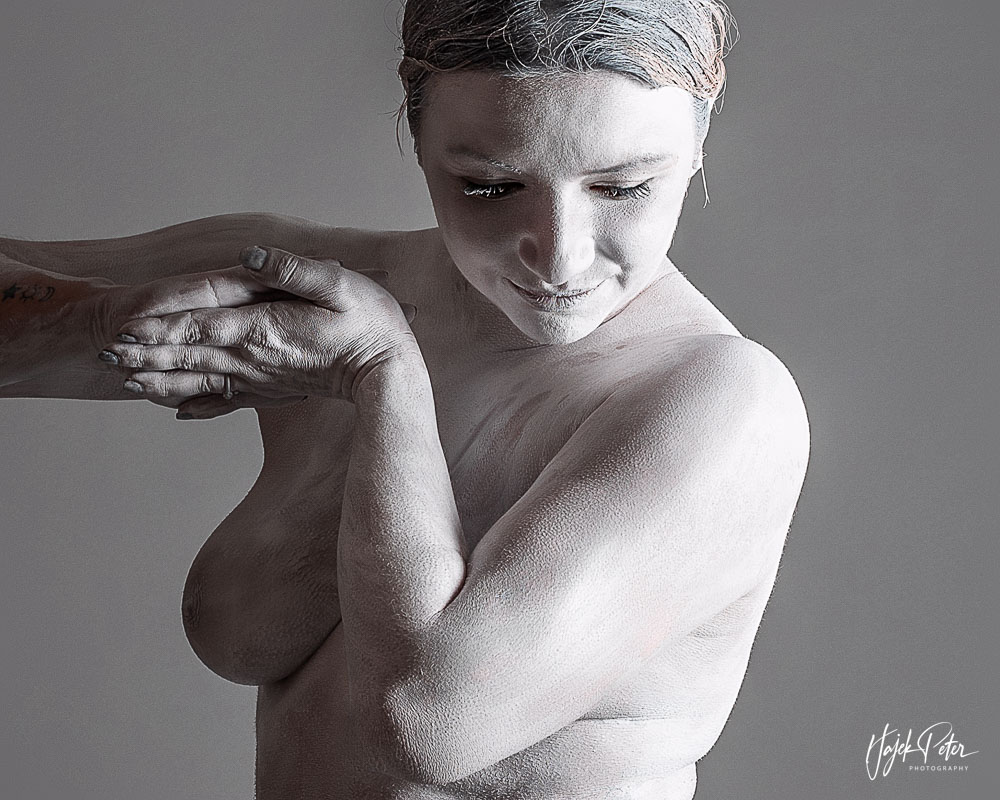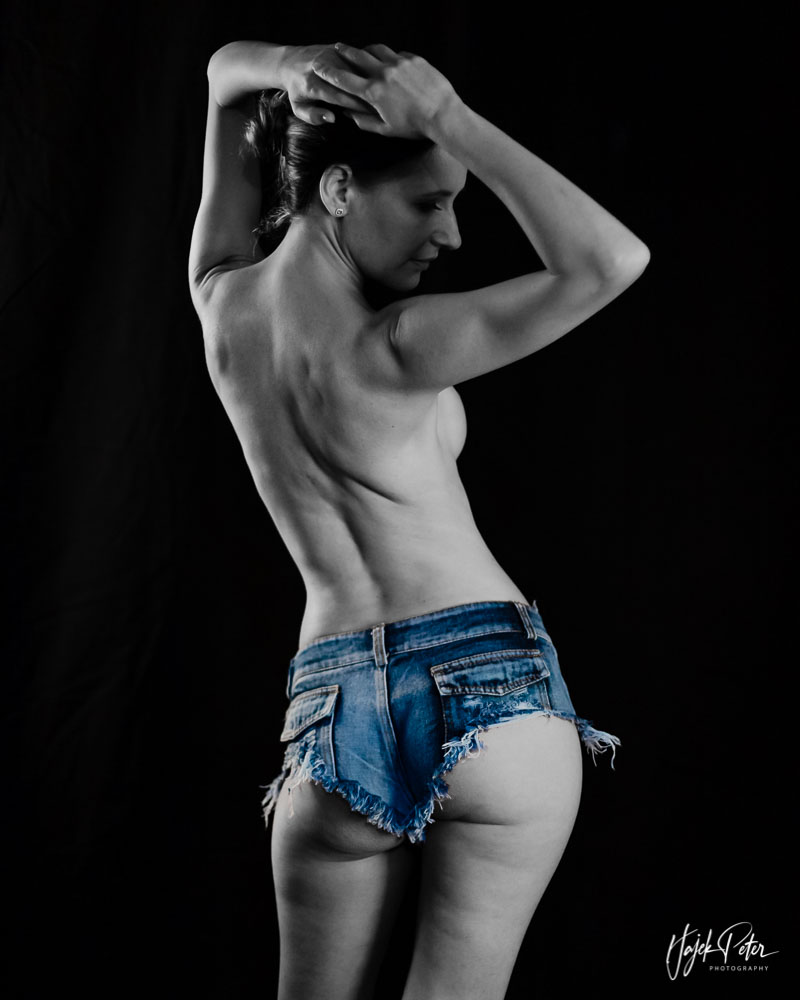Boudoir photography, lingerie photography, nude photography, and pornographic photos are different types of depicting the human body in photography, but they differ in their purpose, aesthetics, and content. Here are the differences between these terms:
-
Boudoir Photography: Boudoir photography refers to a type of intimate and sensual photography often created by women for women. The focus is on capturing the beauty and sensuality of the body. The images are typically taken in a private setting, such as a bedroom or luxurious interior. The atmosphere is romantic, playful, and seductive. Boudoir photography aims to enhance the self-confidence and individuality of the subject without being explicitly sexual.
-
Lingerie Photography: Lingerie photography focuses on portraying individuals in underwear to emphasize their attractiveness and body contours. This type of photography can serve commercial purposes, such as advertising lingerie or fashion brands, as well as personal or artistic projects. Compared to boudoir photography, the emphasis is less on creating an intimate atmosphere and more on showcasing fashion and style.
-
Nude Photography: Nude photography depicts the human body in its natural form, usually without clothing. The emphasis is on the artistic representation of the naked body, highlighting light, shadow, shapes, and lines to achieve an aesthetic effect. Nude photography can have various aims, such as artistic expression, celebrating the beauty of the human body, or exploring the human form. It is important to note that nude photography is not necessarily sexual or pornographic but often holds artistic or aesthetic value.
-
Pornographic Photos: Pornographic photos are explicit depictions of sexual acts or activities aimed at arousing sexual excitement or desire. The focus is on the graphic and explicit portrayal of sexual acts or the genital area. Pornographic photos are intended to appeal to sexual fantasies and lack artistic or aesthetic aspirations. The content of pornographic photos is legally restricted in many countries, and their distribution can have legal consequences.
It is important to note that the boundaries between these terms are not always clear-cut and can be subjectively perceived. Additionally, personal preferences, cultural differences, and individual interpretations can influence the perception of these terms.
















































































































